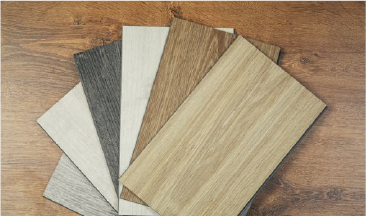Plywood is all about the quality and how consistent it can be; calibrated plywood falls into this category, with enhanced accuracy. Today’s trend of modular furniture and high-end construction business opposes regular plywood due to its heterogeneous thickness.
Calibrated plywood is where it makes its debut with a uniform thickness and a flat surface, ideal for perfection-oriented industries such as panelling, furniture manufacturing, and ornamental interiors.
This is the blog where we take you through the step-by-step manufacturing of calibrated plywood. Further, it portrays a magic of harmony of technology and expertise, providing high-quality plywood products.
What is Calibrated Plywood?
Calibrated plywood is a type of ply, which is manufactured through a process, that is followed through a calibration system that plays a significant role in making the plywood thickness uniform right across the board.
The surface of calibrated plywood is planed with high-tech machines such as wide belt sanders and calibration machines. This can also show a minimal variations and provide a perfect levelled sheet. This attention to detail makes it a hit with architects, designers, and furniture makers.
Step-by-Step: Calibrated Plywood Manufacturing Process
- Raw Material Selection
It all starts with the selection of quality timber logs. The logs are usually hardwoods, selected for their strength, durability, and non-warpage characteristics. The best logs only are cut to ensure that the end product has structural integrity.
- Debarking and Cutting
The logs to be used are debarked with automated debarking machines. After debarking, logs are cut into appropriate lengths for veneer peeling.
- Veneer Peeling and Drying
The logs are passed through rotary peeling machines to yield very thin veneer sheets.
The sheets are subsequently dried in a veneer dryer to minimise moisture content and avoid any distortion during the subsequent stages.
- Veneer Sorting and Grading
The dried veneers are graded according to their grain pattern, defects, and thickness. This is to ensure only high-grade veneers are utilised in the face and core layers of the plywood.
- Core Assembly and Glueing
The heart of the plywood is constructed with several veneer layers placed in a cross-grain orientation to provide added strength. A high-strength adhesive resin, commonly phenol formaldehyde or urea formaldehyde, is used on the veneers, which are then piled to create the plywood panel.
- Pre-Pressing
The veneer piles are pre-pressed to provide even bonding and eliminate air spaces before hot pressing. The process enables the adhesive to flow evenly and prepares the pile for final compression.
- Hot Pressing
The pre-pressed piles are then moved to a hot press, where temperature and pressure cure the resin and bond the sheets securely together. The result is a solid, hard plywood board.
- Calibration
And here comes the clincher: calibration. The compressed plywood goes through precision calibration machines, which sand the board evenly on both sides. This is important in developing an even thickness throughout the whole board, characteristic of calibrated plywood.
- Trimming and Finishing
After calibration, the plywood is trimmed to regular sizes. Other treatments, including edge sealing, termite-proofing, and moisture-resistant treatment, are all done during this process.
- Quality Check and Packaging
All boards go through rigorous quality checks for dimensional accuracy, surface finish, and structural integrity. After quality checks, the boards are packaged and dispatched.
Why Choose Calibrated Plywood?
- Uniform Thickness: No warping or flatness issues while assembling furniture.
- Superior Finish: Perfect for lamination and decorative veneers.
- Better Load Distribution: Ideal for precision applications.
- Time-Saving: The Least amount of further sanding required at the fabrication stage.
These features have positioned calibrated plywood as the go-to option for modular furniture makers and interior designers.
Kokam Ply: Your Reliable Calibrated Plywood Supplier
When it is a matter of selecting the best plywood manufacturers in India, Kokam Ply is eminent for its state-of-the-art infrastructure, high-quality raw materials, and commitment to consistent quality. As a Calibrated Plywood Manufacturer in Uttar Pradesh, Kokam Ply guarantees that each board conforms to international standards, making it a highly sought-after name among furniture brands, architects, and interior specialists.
Suppose you want to ensure that you have calibrated plywood suppliers in India. In that case, Kokam Ply’s state-of-the-art manufacturing processes, prompt delivery, and tailor-made solutions ensure that it is the ideal option.
Are you the one who wants to be assured of the quality of the calibrated plywood you choose? Kokam Ply’s state-of-the-art manufacturing process, along with the seamless transportation process. You can connect with us and let us build your area with our craftsmanship.
Final Thoughts
At last, observing the overall process of producing calibrated plywood can ensure that you value the craftsmanship and attention to detail put into each sheet. This isn’t all about wood; it’s about producing a product with the best design and functionality.
Your investment in calibrated plywood doesn’t depend on your work; whether you are a furniture maker, architect, or constructor, investing in quality calibrated plywood from a known Calibrated Plywood Manufacturer, such as Kokam Ply, can make all the difference to your work.
In search of a partner company that believes in quality and innovation? Contact Kokam Ply now and taste the future of plywood production.


